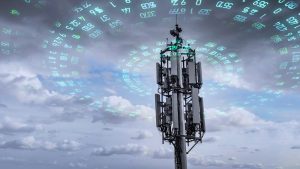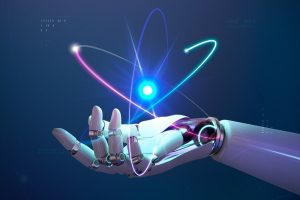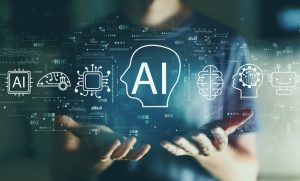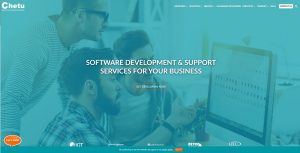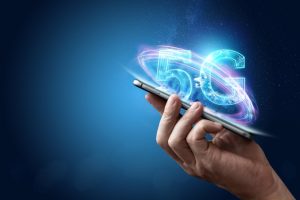A System Of Artificial Intelligence Acquires Concepts Conveyed By Video, Audio, And Text

Humans perceive things through a variety of modes, including eyesight, listening, and verbal fluency. Computers, on the other hand, perceive the world via data that can be processed by algorithms.
As a result, when a device sees a picture, this must encrypt that picture into data that can be used to complete a task such as image analysis. Once input data come in various formats, such as clips, audio files, and photos, the procedure becomes much more complex.
“The biggest challenge here has been beginning to figure out how a machine can align those multiple modes.” This is simple for us and the humans. We are seeing a car and afterward hear a car being driven by, and we understand they seem to be the same thing. “Even so, this is not that simple for computer vision,” asserts Alexander Liu, a recent graduate in the Comp Sci and Machine Intelligence Research lab and the first writer of a paper addressing this issue.
Liu and his colleagues created an artificial advanced industrial which learns to portray data in a manner that catches concepts shared by video and auditory modalities. Their method, for instance, can gain knowledge that the activity of either a baby weeping in a short video coincides with the spoken word “weeping” in an audio recording.
Using this information, their computer model can recognize and tag which specific action occurs in a video.
It outperforms other computer methods in the past study will try, which also involves trying to locate a bit of data, including a video, that fits a user request given in the form, such as spoken language. Their prototype as well makes it possible for people to understand why the device believes the clip it recovered is relevant to their query.
This method could one day be used to assist robots in learning about notions around the globe thru perception, much the same as humans do.
Representations for learning
The researchers concentrate on representation learning, a type of computer vision that seeks to change feedback data to make an assignment like categorization or forecasting easier to execute.
The representation learning method encrypts raw data, like clips and text subtitles, by features extracted, or findings of things and events in the clip. The data sets are then plotted in a grid, which is recognized as an embedding. The model groups related results as isolated points in the power system. Every one of these pieces of data, or trajectories, is signified by a separate word.
